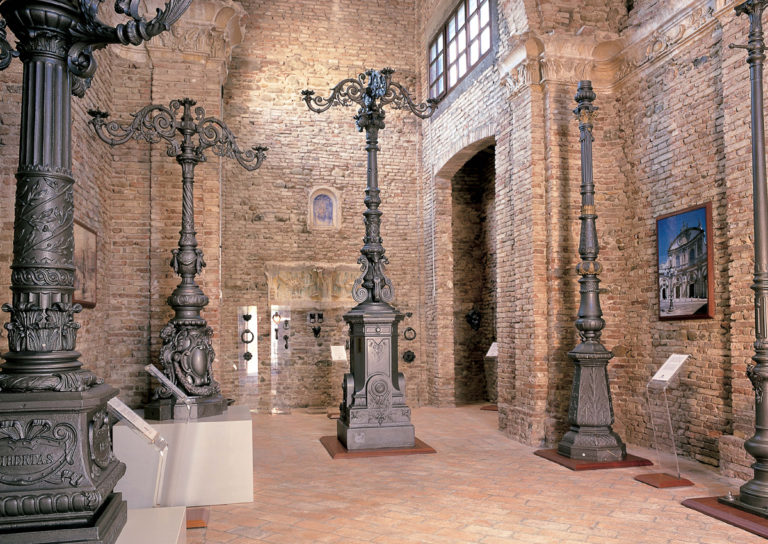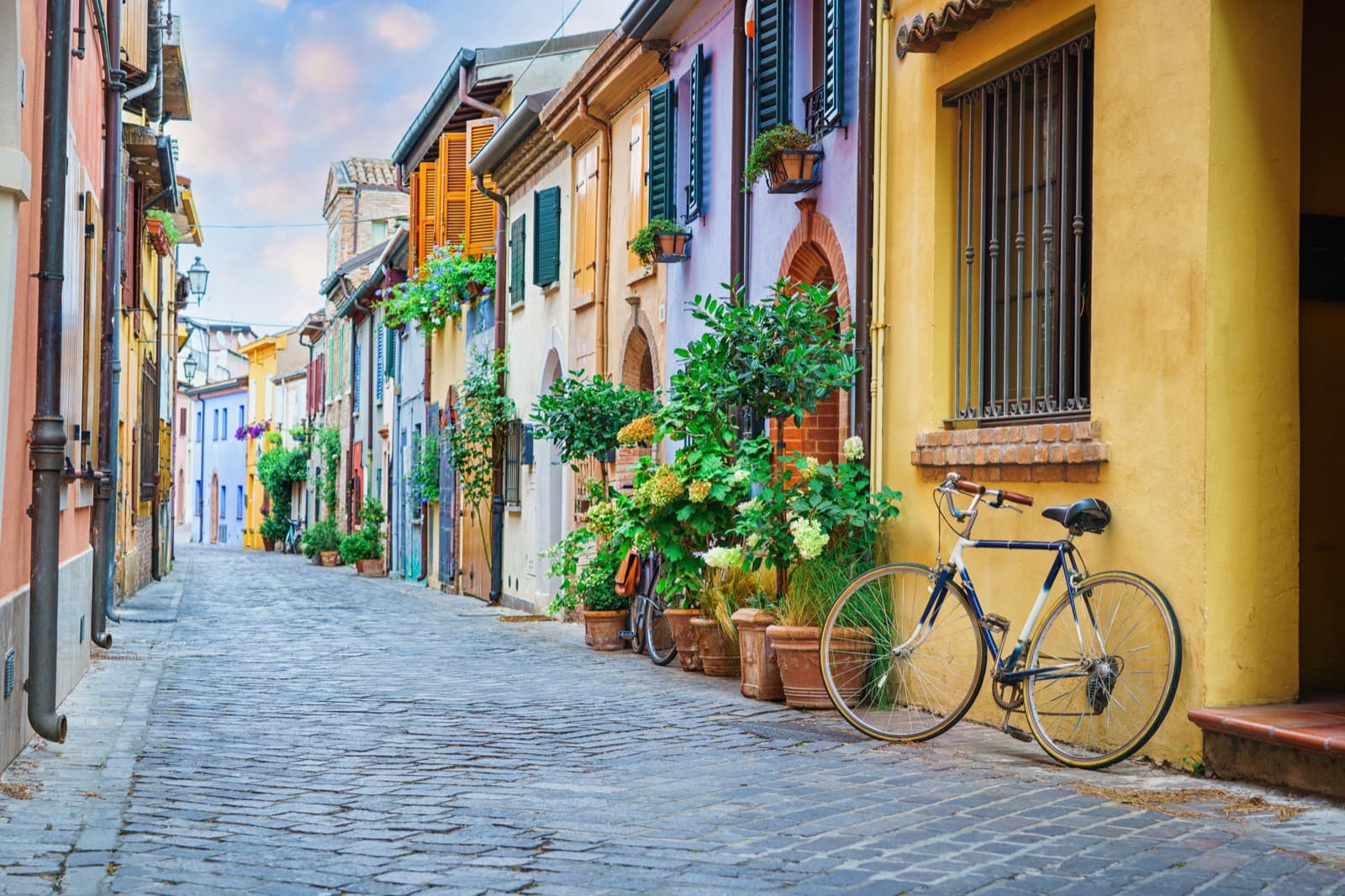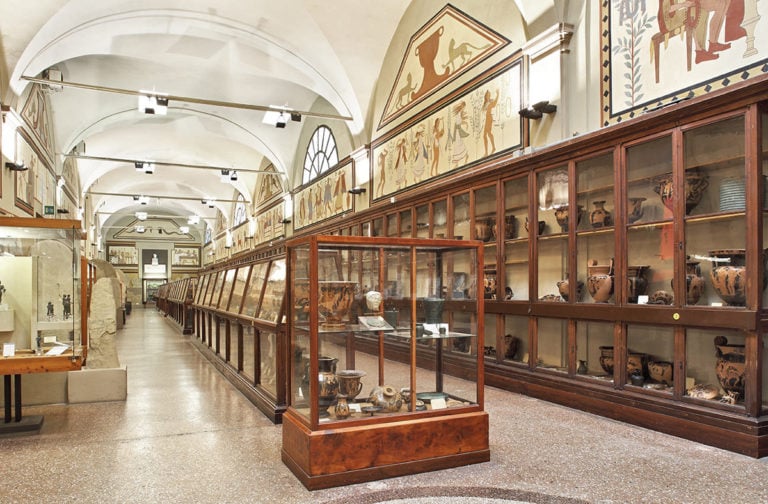Archaeology means emotions, a sense of wonder for discovery, but also love for travel. It’s a journey backwards in history, that aims at knowing step by step what our origins are and from where we come. This is a chance to give our present a social meaning through the interpretation of material rests, but also of written and iconographic remains our ancestors left us during their life.
Emilia Romagna, like all the rest of Italy, over the millennia experienced different people and cultures that have been marking and moulding history over the centuries. Archaeological digs started from the 19th century onwards, whether fortuitous or planned.
The findings led to the definition of an ever more precise timeline, especially as regards the alternation of cultures, playing an active role in the creation of collective memory. Today, part of the findings are guarded inside the museums and the archaeological sites spread throughout the Romagna.
In this piece, we are going to start a journey in order to get to know more closely the sites and to give you some useful advice if you want to visit them personally.
ARCHAEOLOGICAL SITES IN EMILIA – SOURCE REGIONAL TOURISM SYSTEM
Ferrara and its province
National Archaeological Museum of Ferrara
Where: Palazzo Costabili as “di Ludovico il Moro” | Ferrara
Housed in one of the most suggestive Renessaince buildings of the city, the National Archaeological Museum of Ferrara is closely related to the discovery of Spina, the most important Etruscan port of the Adriatic Sea between 6th and 3rd century B.C.
You will be amazed by the Big Attican vases of great workmanship, the findings of everyday usage and the impressive golden objects coming from the excavation of the built-up area and from the over 4000 burials found during the last century that are on display in this venue.
Don’t miss the room of the pirogues hosting two perfectly preserved boats dating back to the late Roman empire.
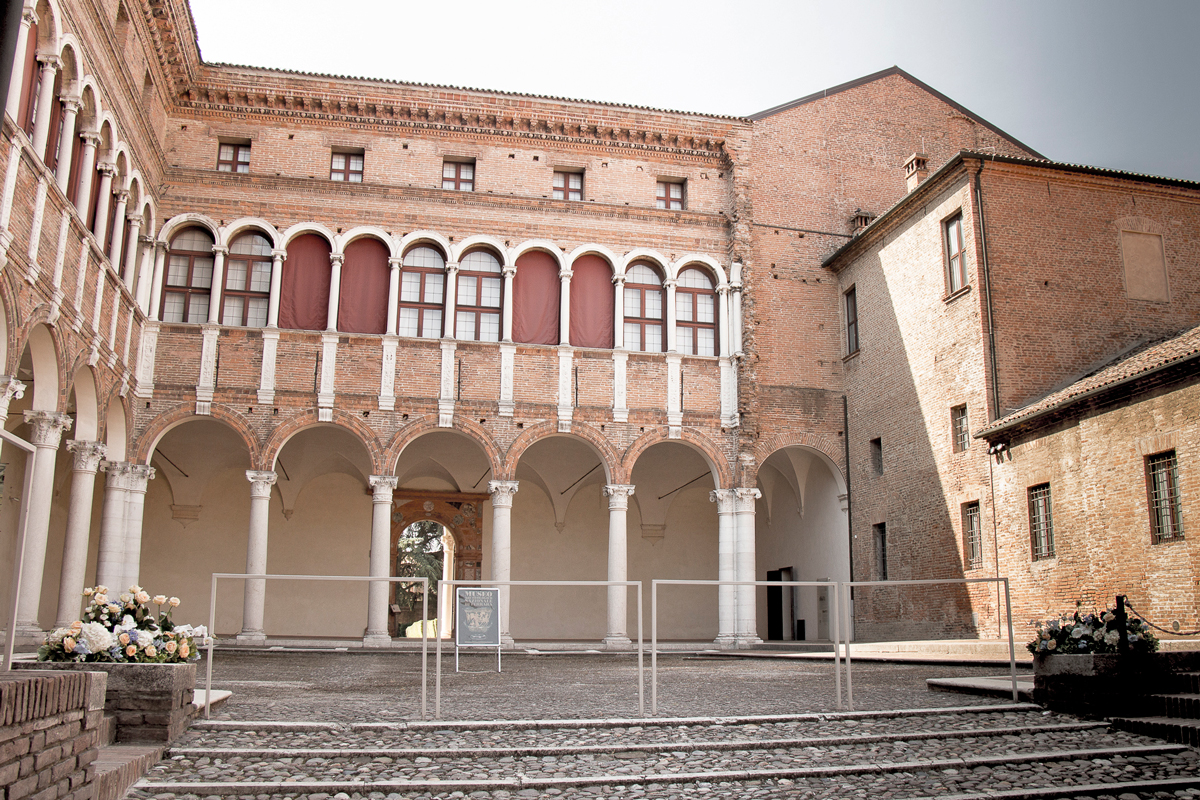
Lapidar Museum
Where: Via Camposabbionario | Ferrara
Originally known as the Church of Santa Libera, Lapidar Museum is a small but well-preserved building lays few steps from Palazzo Schifanoia and hosts many interesting craft funeral artifacts, such as the stelae and the sumptuous sarcophagi from the Po Delta area dating back between the first half of the 1st and the 3rd-century A.D.
Museo Delta Antico
Where: Ancient Hospital for the Infirm – Via Agatopisto, 2 | Comacchio
This Museo Delta Antico (Ancient Delta Museum) rebuilds the history of the territory in an innovative way by using interactive set ups and 3D installations.
The itinerary will guide the visitors from the first years of the Delta Area, going through the years of the Etruscan city of Spina, of the Roman occupation and of the valuable freight of the well-known boat of Comacchio until arriving to the beginning of the Early Medieval Emporium of Comacchio.
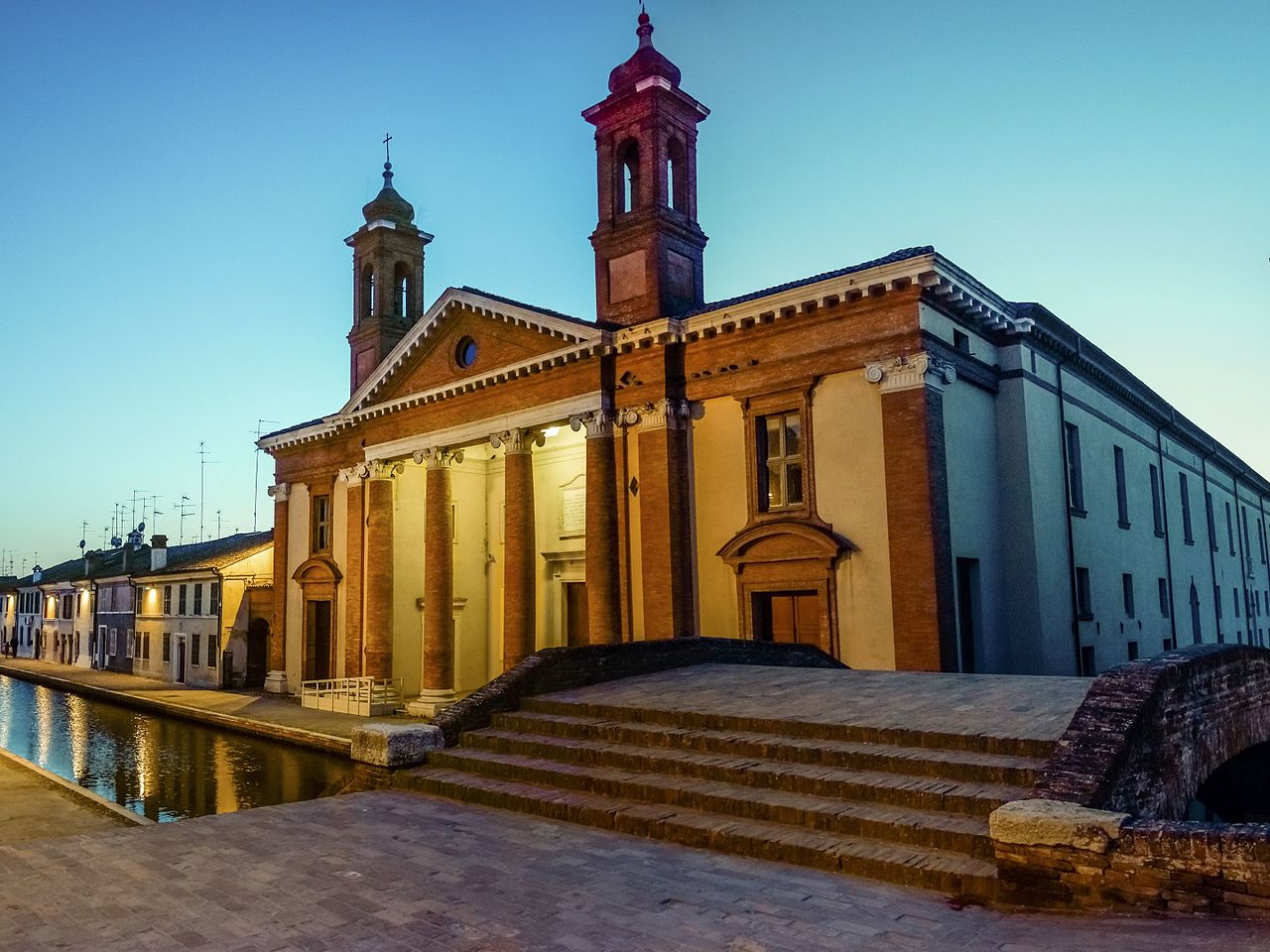
SEE ALSO:
- Museum of Belriguardo | Delizia di Belriguardo (Voghiera)
- Archaeological Museum: the Necropolis of the Fadieni Family | Delizia del Verginese (Portomaggiore)
- Roman Necropolis of Voghenza | Voghenza
- “G. Ferraresi” Archaeological Civic Museum | Stellata di Bondeno
- Museum of the Territory of Ostellato | Ostellato
Ravenna and its province
Domus of the Stone Carpets
Where: via Barbiani | Ravenna
Domus of the Stone Carpets is one of the most important archaeological sites discovered during the last twenty years in Italy. It is an estate dating back between the Roman and the Byzantine Era with finely decorated mosaic and marble floors.
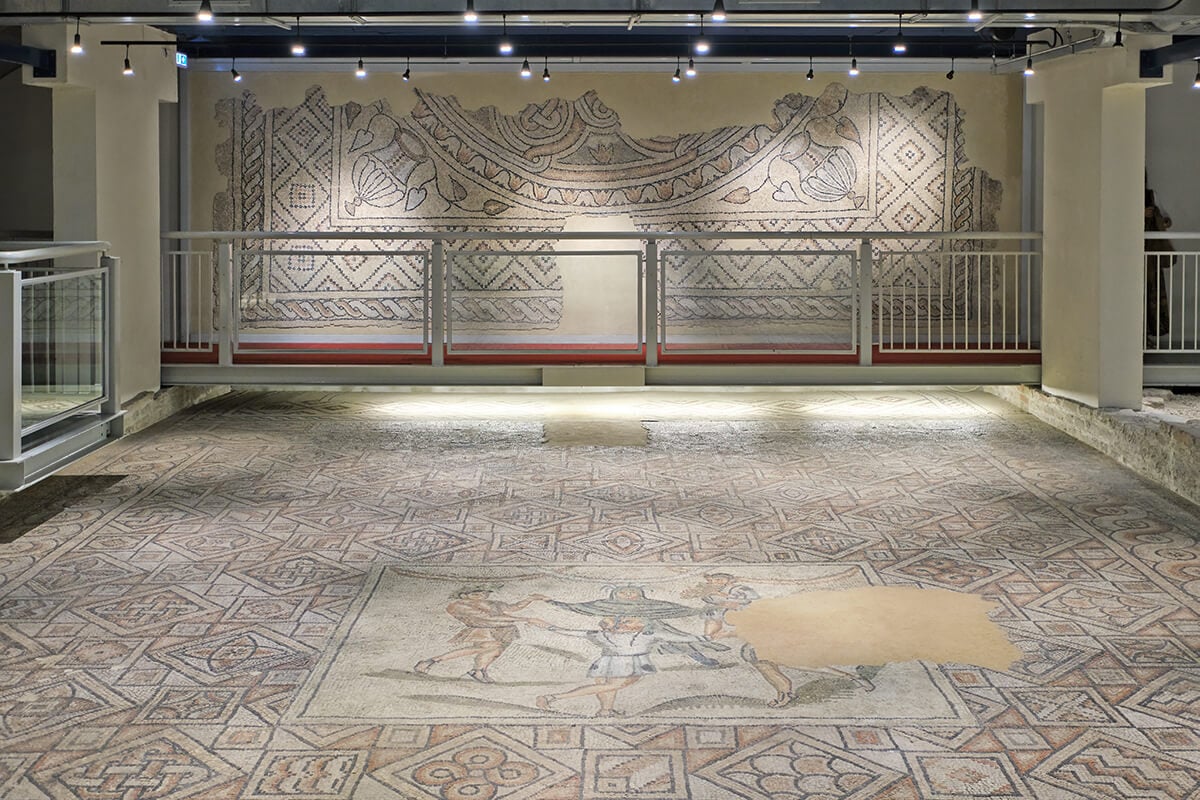
The National Museum of Ravenna
Where: via San Vitale, 17 | Ravenna
The National Museum of Ravenna is inside the Benedictine monastery of San Vitale and it hosts important archaeological findings and collections of minor arts that go backwards inside the history of Ravenna and its territory, they stem from different periods of history, from the Protohistoric Era until the Late Middle Ages.
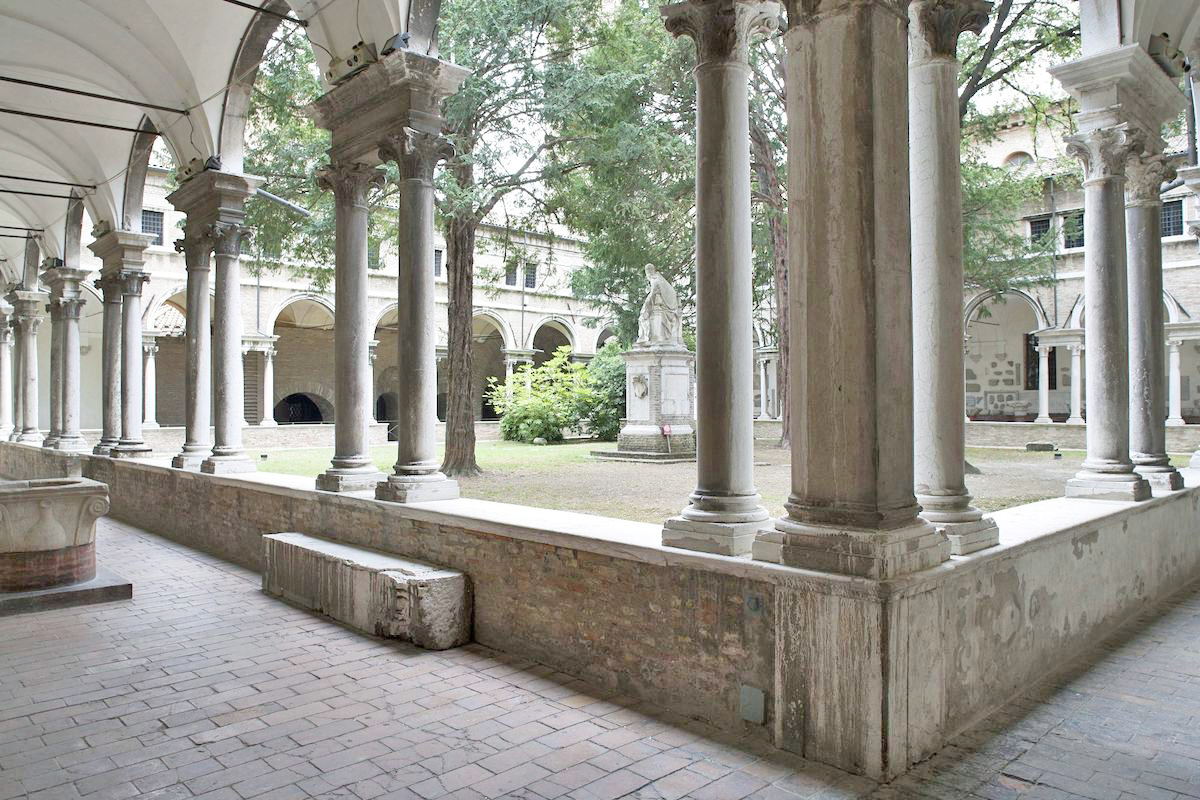
The (so-called) Theoderic’s Palace
Where: via di Roma, corner with via Alberoni | Ravenna
According to some people, this building was part of the at that time King Theoderic’s Palace, but others say that it is what remains of an ancient Late Medieval church.
What is certain is that at the highest floor it guards some of the mosaic and marble decorations that were unearthed at the beginning of the last century in the Late Antique Imperial Palace in Ravenna.
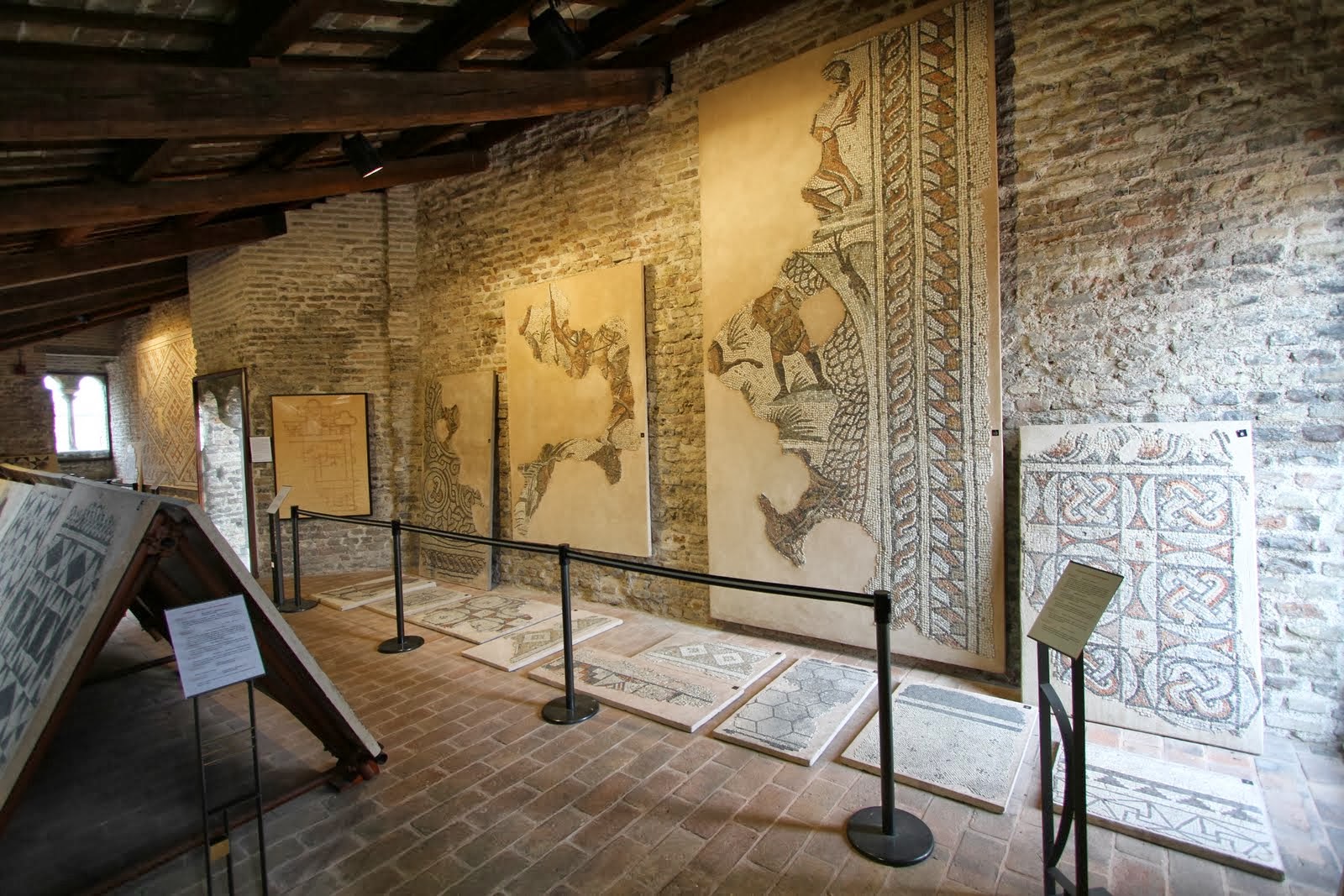
Tamo Museum
Where: via Rondinelli, 2 | Ravenna
Museo Tamo is a display area entirely dedicated to the art of mosaic: splendid artifacts coming from Ravenna and its territory are proof of the greatness of this craft technique.
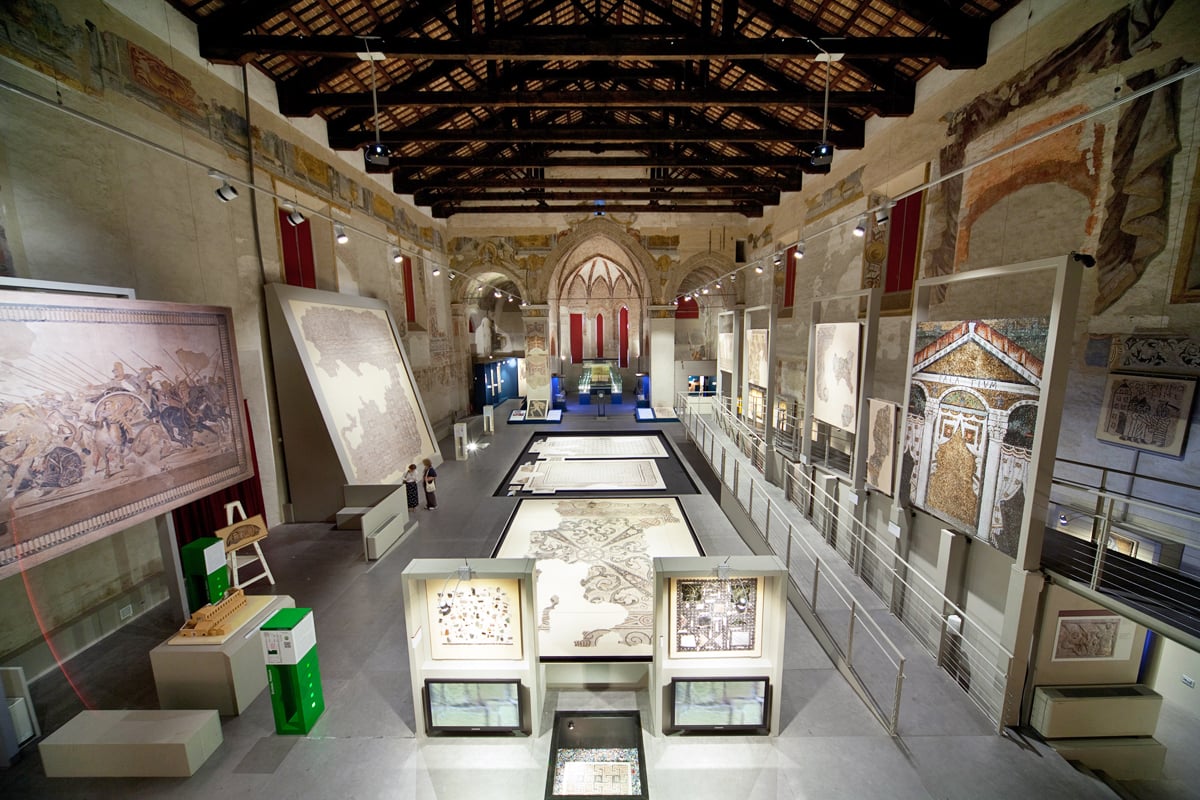
The Archiepiscopal Museum
Where: via San Vitale, 17 | Ravenna
This museum was built during the second half of the 17th century in order to keep the artworks of the ancient cathedral, which, right during that period, was demolished and rebuilt.
It has been collecting over the centuries a number of objects recovered from archaeological works that were carried out in the churches of the Diocese. Its most important feature is in its inside though: it enshrines one of the Unesco monuments of the city i.e. the archiepiscopal chapel of Sant’Andrea.
The Ancient Port of Classe
Where: via Marabina, 7 | Ravenna
The porticoed warehouses along the freight stations of a channel and on a paved street are what is left of the ancient port of Classe.
It was built at the beginning of the 5th century when the capital of the Roman Empire moved from Milan to Ravenna.
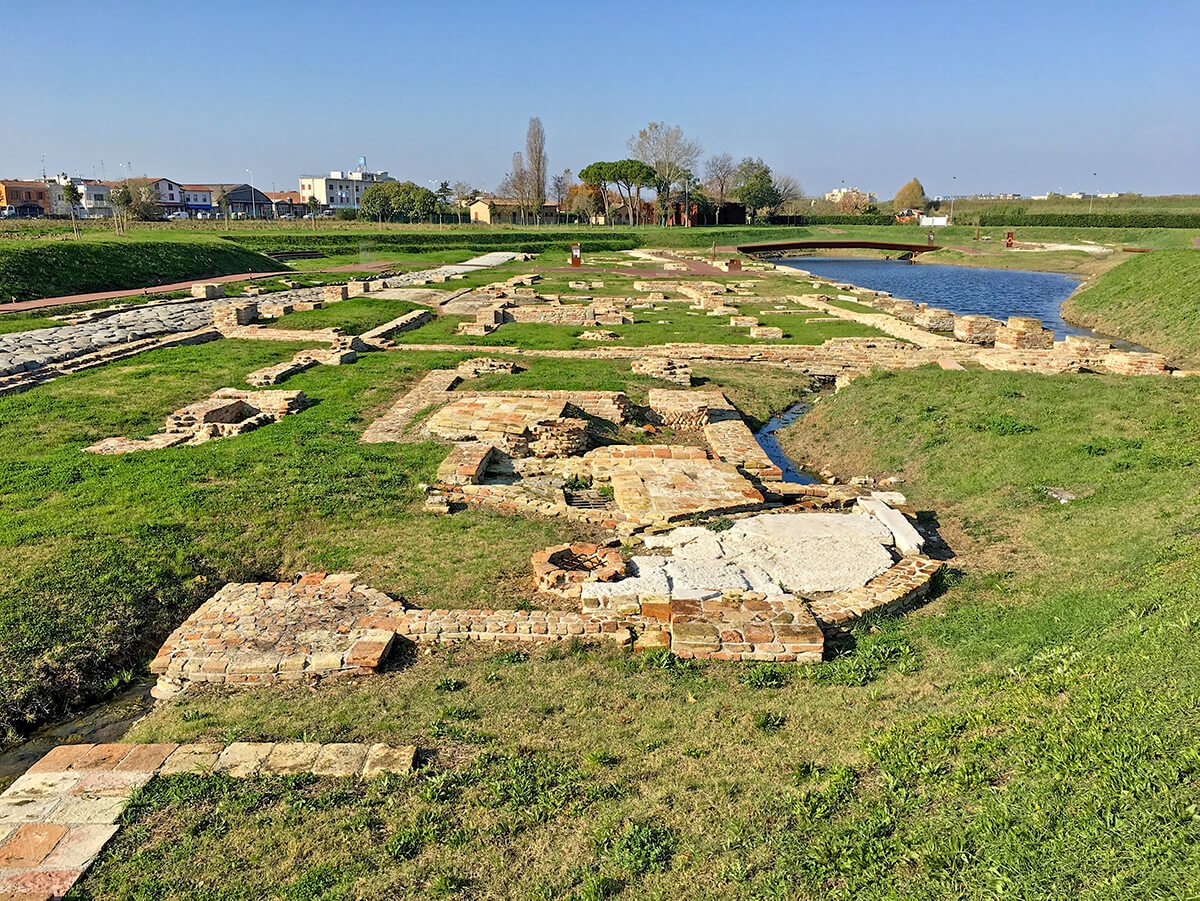
Classis – Museo Della città e del Territorio
Where: via Classense, 29 | Ravenna
It is one of the most important archaeological museums in Italy and a real trip backwards in history. Housed in the ex-sugar factory of Classe, it stretches over an exhibition area of 2800 square metres, surrounded by a green park of one and a half hectares always open to the public.
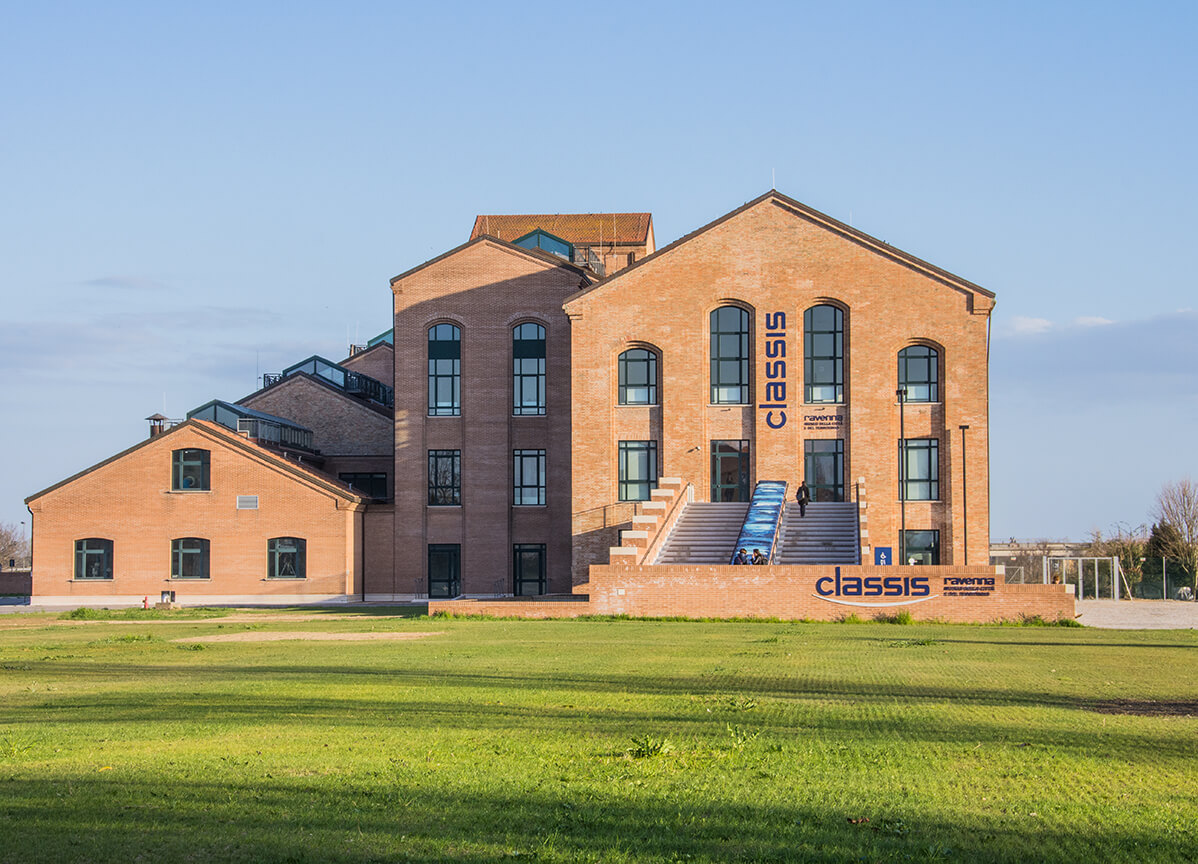
The Roman Villa in Russi
Where: via Fiumazzo, 25 | Russi
One of the best-preserved country-villas of the whole Northern Italy is only 20 km westwards from Ravenna.
It was build to grow food aimed at the military Roman fleet stationed in Classe, and today it looks like as it should have been during the first epoch of Roman Empire history (1st – 2nd century a.D.).
Forlì/Cesena and its province
MAF – Forlimpopoli archaeological museum ‘Tobia Aldini’
Where: Piazza Fratti, 4 | Forlimpopoli
Museo MAF is hosted inside an Albornoz fortress and, thanks to the archaeological findings of the area of Forum Popili, it guides visitors inside the local history. It is an itinerary that goes from the Paleolithic until the Middle Ages.
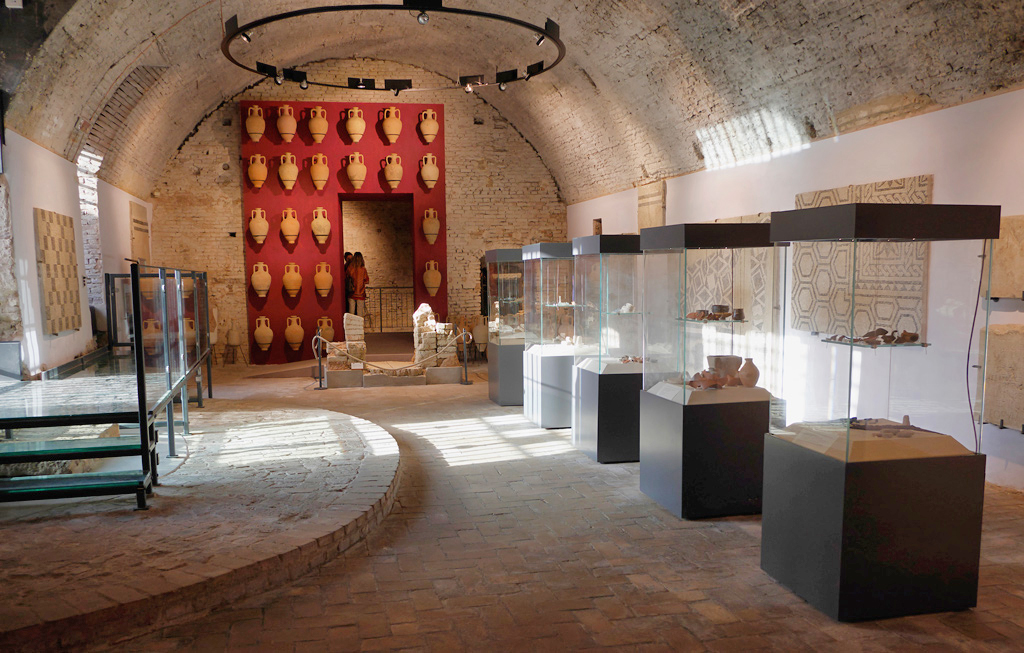
City Museum | Monsignor Domenico Mambrini
Where: via Pianetto Borgo | Galeata
The museum is near the archaeological area of the Roman city of Mevaniola, and it is a part of the Convent of the Minor Fathers in Pianetto.
Inside, an itinerary retraces the history of the Roman-Umbrian city of Mevaniola, of the refined and elegant Theoderic’s Villa, of the lone Abbey of Sant’Ellero and of the Castle of Pianetto.
Sarsina Archaeological Museum
Where: via Cesio Sabino, 39 | Sarsina
Sarsina Archaeological Museum is one of the most important archaeological museums in Northern Italy. It opened at the end of the 19th century and it has been collecting over time always more materials coming from the excavation in the city and, most of all, in the necropolis in Pian di Bezzo.
Even if it hosts items of a very long time frame, its collections focuses mostly on the Republican Imperial Epoch (1st century b.C. until 2nd – 3rd century a.D.).
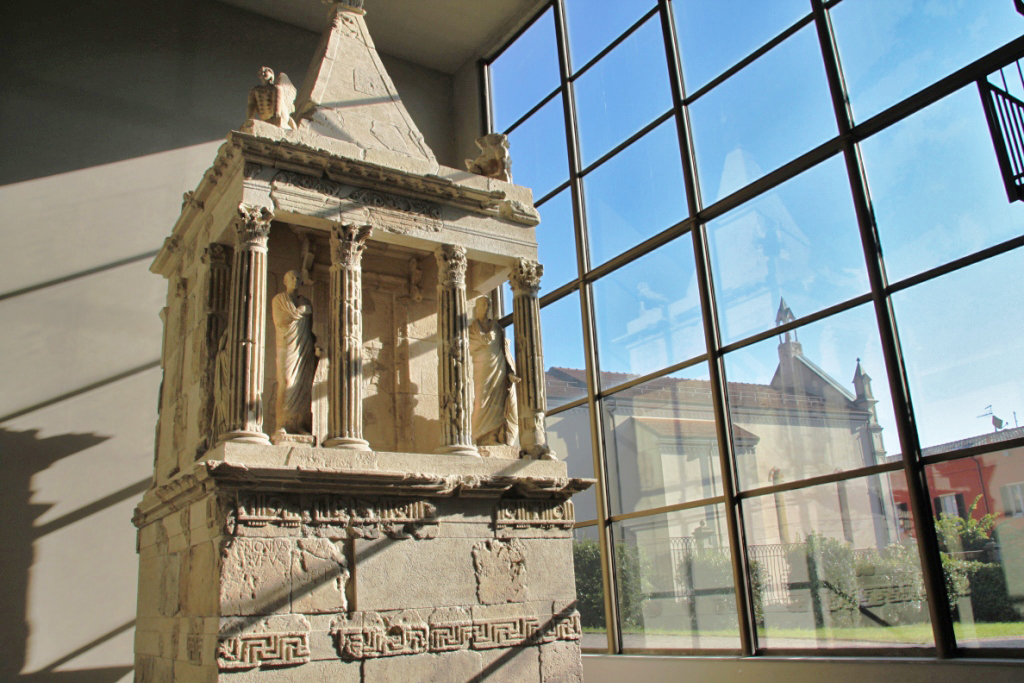
Cesena archaeological Museum
Where: Piazza Maurizio Bufalini | Cesena
The Malatestian Library is home to this museum, which is also part of the Unesco register Mémoire du Monde. The museum retraces the history of Cesena and of its territory thanks to its material culture.
Seafaring Museum
Where: via Armellini, 18 | Cesenatico (FC)
Along the harbour canal of Cesenatico, the museum hosts several relics related to the city’s past, most of them dating back to the Roman Age.
Renzi Museum San Giovanni in Galilea
Where: via Matteotti, 27 | Borghi (FC)
It was founded in 1885 by Don Francesco Renzi and it is one of the most ancient museums in Italy.
The museum recollects the history of the territory between the Valleys of the rivers Marecchia and Rubicone thanks to its various themed collections and several items that have been found over the centuries.
Archaeological Museum of Compito
Where: via San Giovanni, 7 | Savignano Sul Rubicone
This museum was born in 1930 with the aim of collecting the archaeological objects found along the Via Aemilia.
It’s Giorgio Franchini who asked for this museum at the time, and now it hosts a very significant collection of architectural and sculptural slivers, figurative terracotta linked to the decoration of important buildings dating back to the Late Republican Era, several Etruscan and Roman coins, as well as pottery and even fossils and osteological findings.
Rimini and its province
Bridge of Tiberius, Arch of Augustus and Roman amphitheatre
Where: city centre | Rimini
The historic centre of Rimini jealously enshrines these three Roman monuments; they are reference points to know the history of the ancient Ariminum.
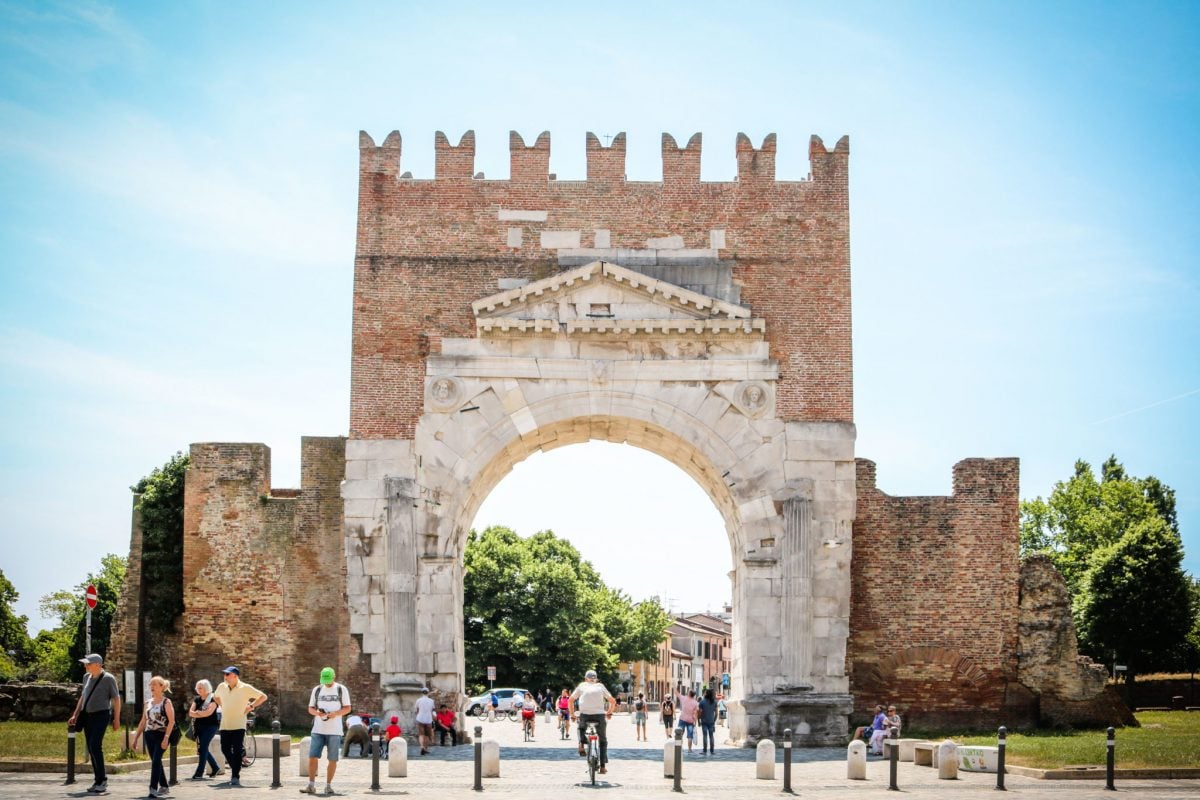
The surgeon’s Domus
Where: Piazza Ferrari | Rimini
ùIt is a veritable Roman Domus that was dug in extension at the beginning of the 1980s right in the heart of Rimini: it consists of more than 700mq of mosaic floors and material structures.
The excavation led to the discovery of the remains of a Late Imperial dwelling and of the tracks of a Late Medieval village and of a big burial site.
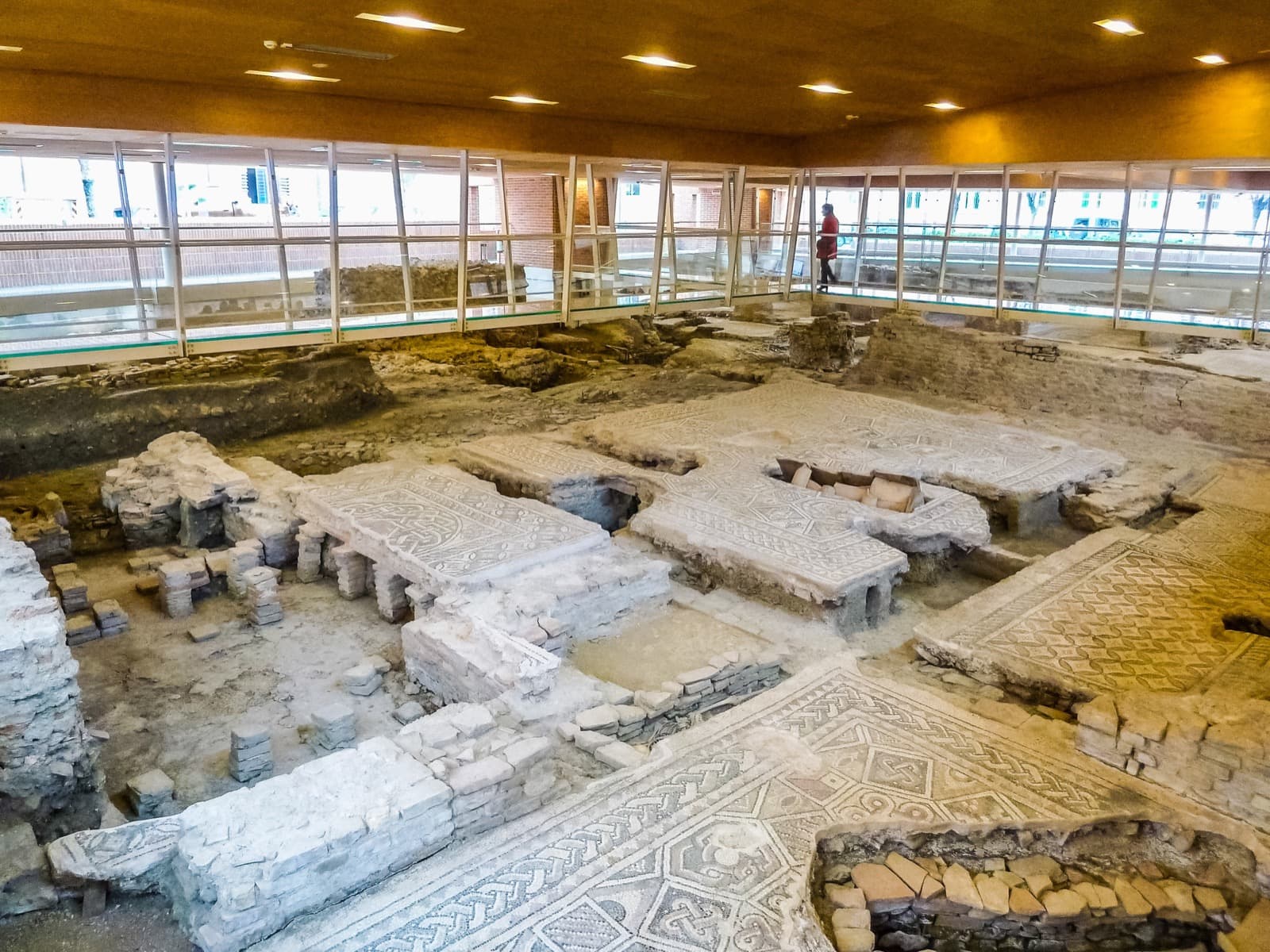
City Museum fo Rimini
Where: via L. Tonini, 1 | Rimini
This museum is dedicated to the city’s history and, inside its archaeological section, it offers an excursus that goes from Prehistory until Late Antiquity.
The exhibition consists of the surgical instruments and artifacts that were found during the excavation in Piazza Ferrari and of the splendid mosaics from Palazzo Diotallevi.
“Arimini” Visitor Center
Where: Corso d’Augusto, 235 | Rimini
The great Giulio Caesar’s avatar guides you along a multimedia and interactive itinerary at the discovery of Rimini and its territory.
Villanovan Municipal Archaeological Museum
Where: via Sant’Agostino, 14 | Verucchio
The museum is inside the Agostinian Fathers Monastery dating back to the 14th century. It hosts objects and furniture recalling the Etruscan occupation over the whole area dating back to the Orientalising Epoch, one of their most glorious periods.
The museum exhibits relics coming from hundreds of Villanovan and Etruscan tombs dating back between the 10th and 6th century B.C.
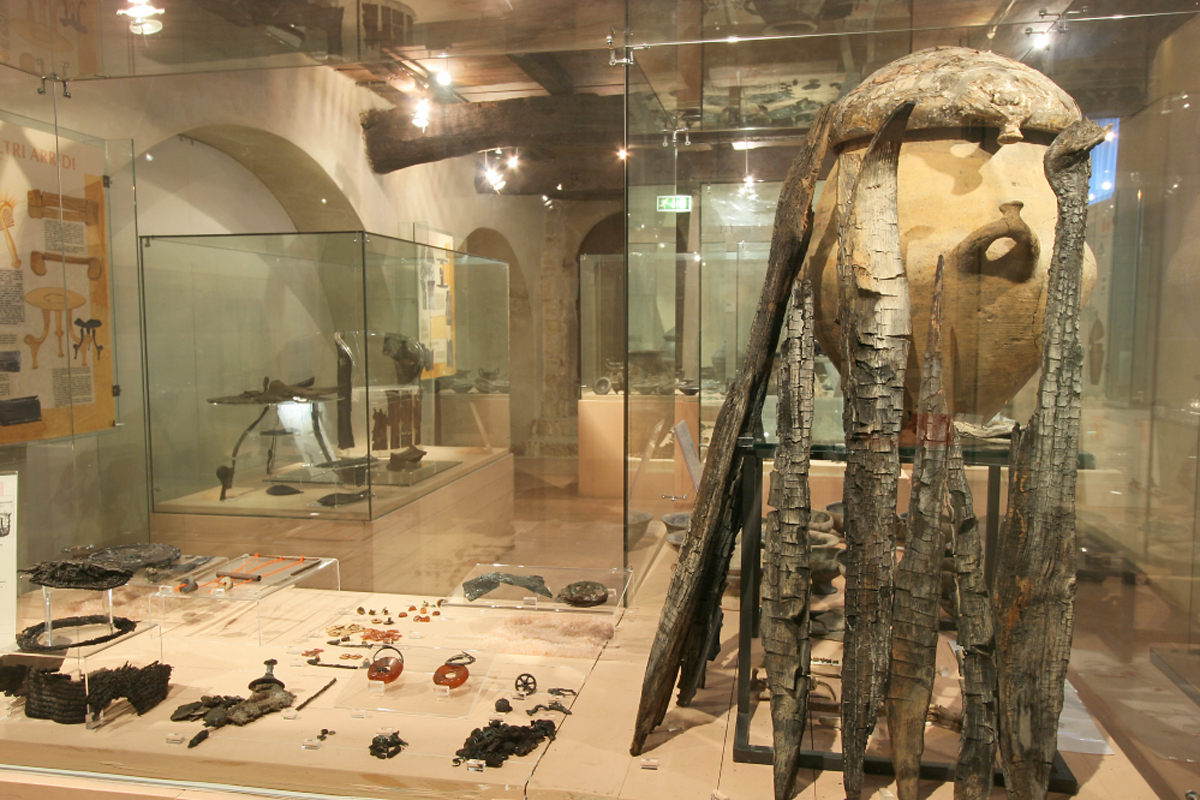
MUSAS – Santarcangelo Archeological History Museum
Where: via Montevecchi, 41 | Santarcangelo di Romagna
Deep in the heart of one of the most beautiful villages of the province of Rimini, the museum hosts and gives value to the archaeological and art-historical heritage of the city and its territory.
Riccione Territory Museum L. Ghirotti
Where: via Lazio, 10 | Riccione
The most significant testimony linked to Riccione and its surroundings, belonging to a period that goes from prehistory to the Roman Age, is guarded inside this museum. A rich choice of fossils, minerals, rocks and a wide range of stone, bone, pottery and metal items is on display here.
Regina Museum
Where: via Pascoli, 23 | Cattolica
This museum hosts an entire section dedicated not only to the local seafaring but also to the building phases and the further developments of the ancient city of Cattolica, from the very first years of Romane Age until the Late Imperial Age.
Author

Davide Marino
Davide Marino was born archaeologist but ended up doing other things. Rational – but not methodic, slow – but passionate. A young enthusiast with grey hair
You may also like
I Luoghi dell’Archeologia Industriale in Romagna
by Davide Marino /// February 10, 2017
Museo Delta Antico: a museum in the heart of Comacchio
by Davide Marino /// March 23, 2017
by Davide Marino ///

Interested in our newsletter?
Every first of the month, an email (in Italian) with selected contents and upcoming events.
Archaeological sites and museums in Emilia
by Davide Marino /// March 1, 2018
